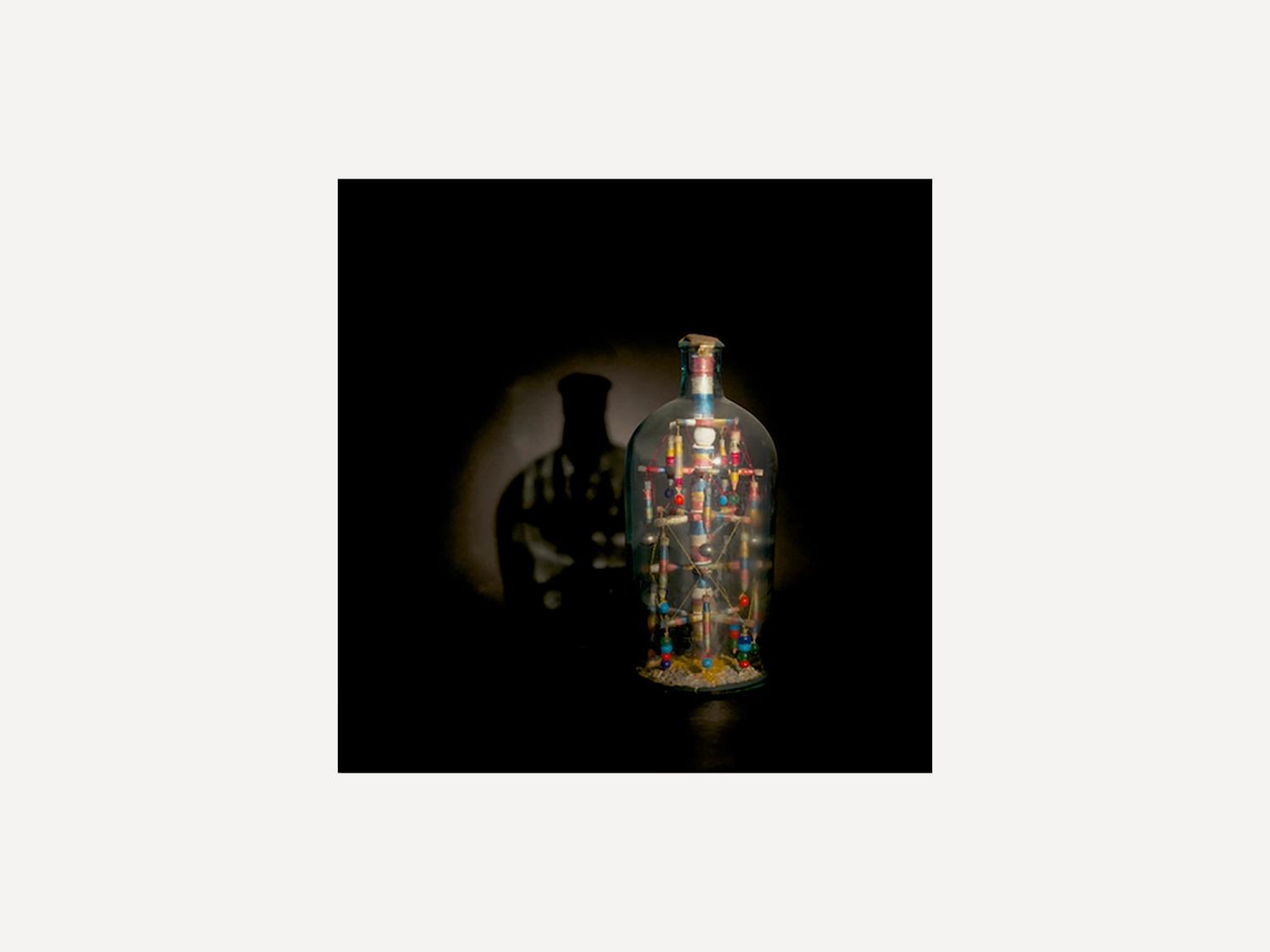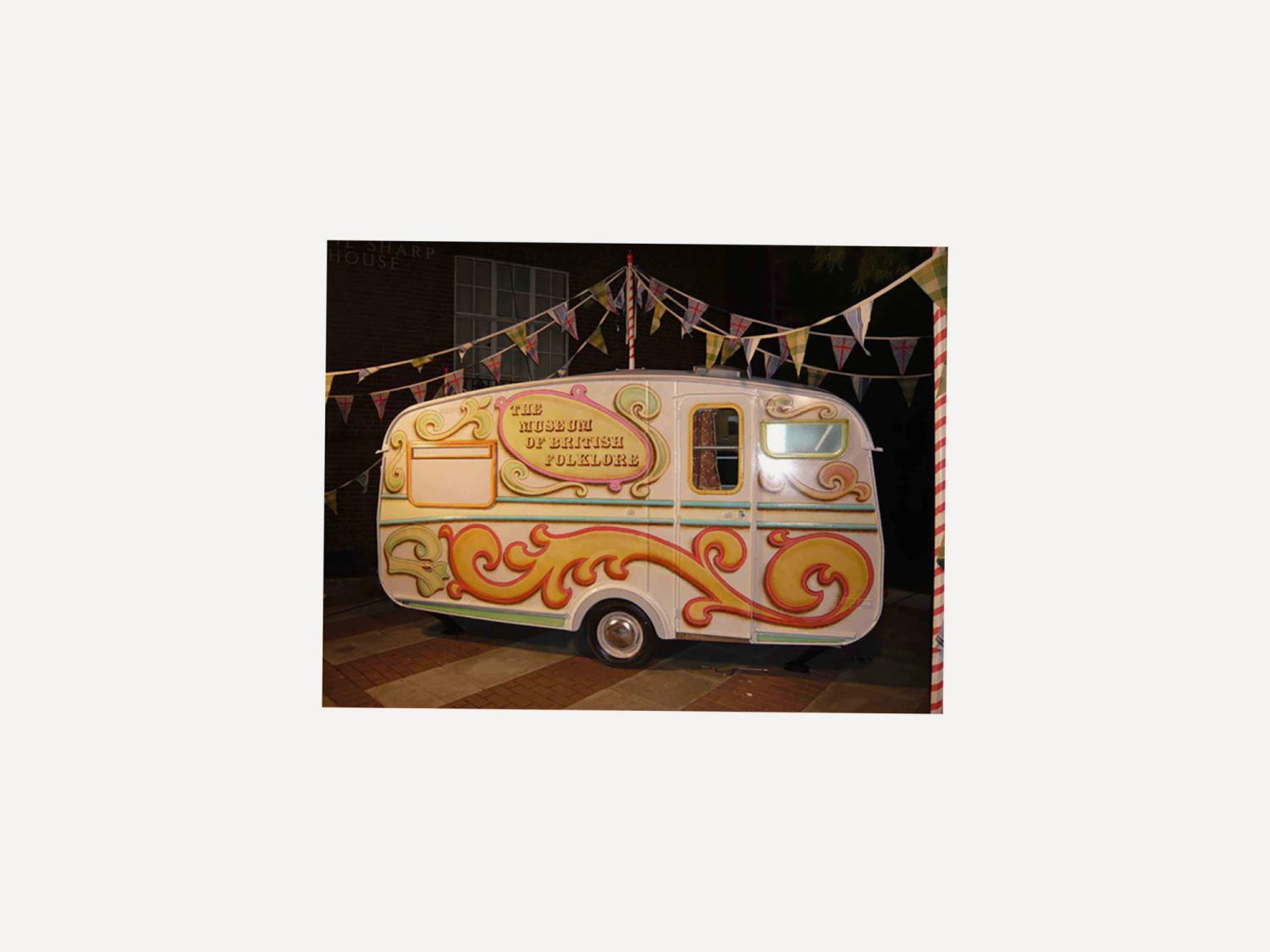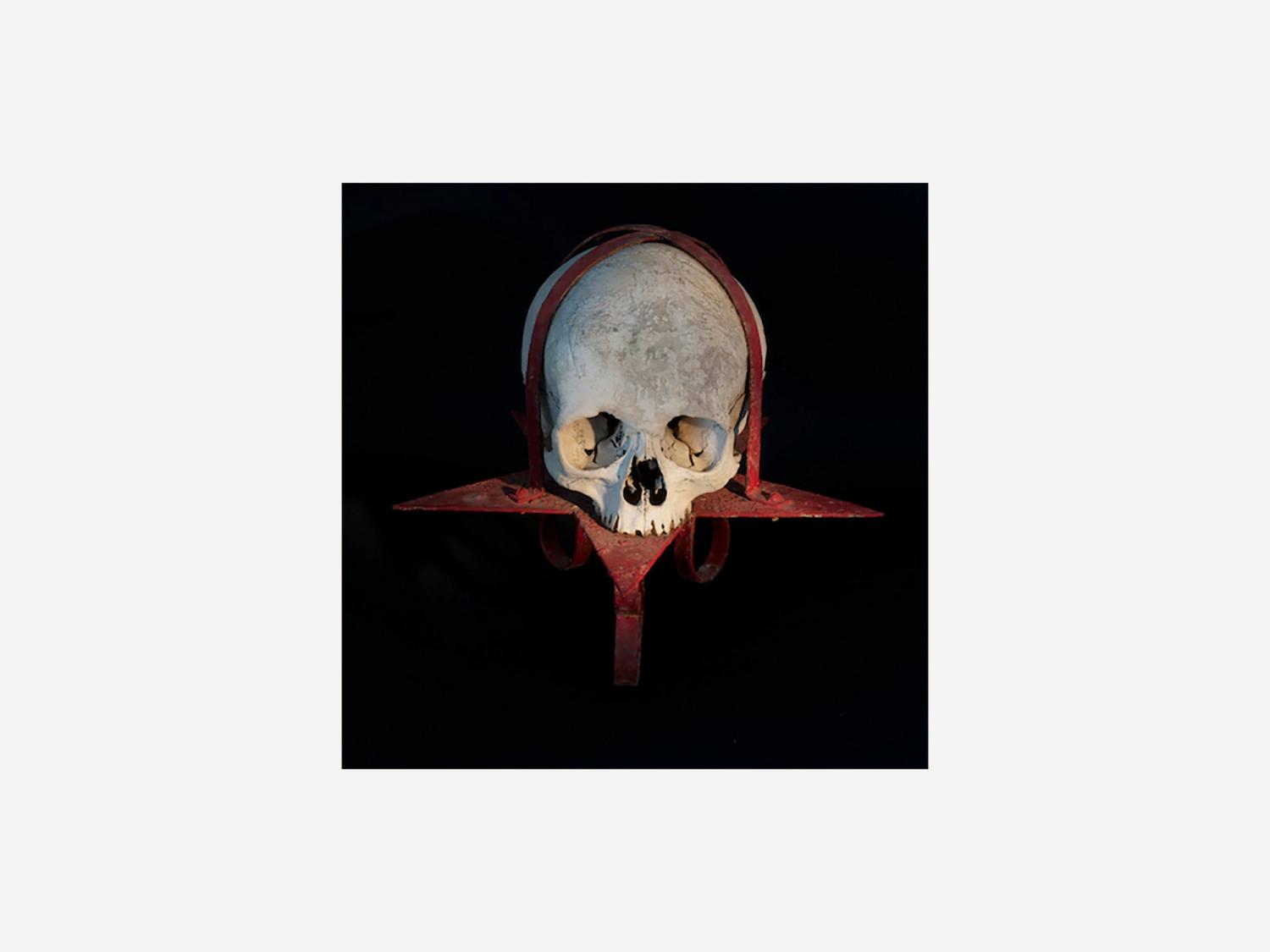Museum of British Folklore
UK, 2013–Ongoing
Sacred precincts and the subconscious mind are the starting points for the design. A dense thicket of trees occludes the central courtyard overlooked by a series of giant vitrines, around which a series of pavilions gather in a pin-wheel of alternating barns and bastions. Galleries are oriented to the cardinal points, and are themed around the seasons. The design looks for inspiration to overgrown airfields, ancient earthworks and derelict agricultural and industrial structures. The focus of the group of buildings is a tower, containing a performance space, library and archive. Materials include thatch, rammed earth (cob), timber and magic.
ARA has worked with the museum’s director Simon Costin to develop these concepts for the museum and its building and exhibitions. Simon says: "Folklore is a vibrant element of 'Britishness' and a living cultural heritage; these beliefs, customs and expressions link the past to the present and help us understand our specific communities and cultures, as well as our shared humanity. Far from being static or an ageing genre, it remains relevant by adapting to new circumstances, with the 'Folk' (people), and the 'lore' (stories) continually informing and influencing each other. Folklore can be a roadside shrine to commemorate a killed pedestrian, or the massive public outpouring of grief when a celebrity or public figure dies. It is scrawled on urban landscapes by graffiti artists or woven into the fabric of churches, mosques and temples. Folklore is community, life and values, artfully expressed in myriad forms and interactions. Universal, diverse and enduring, it enriches the country and makes us a commonwealth of cultures.”






